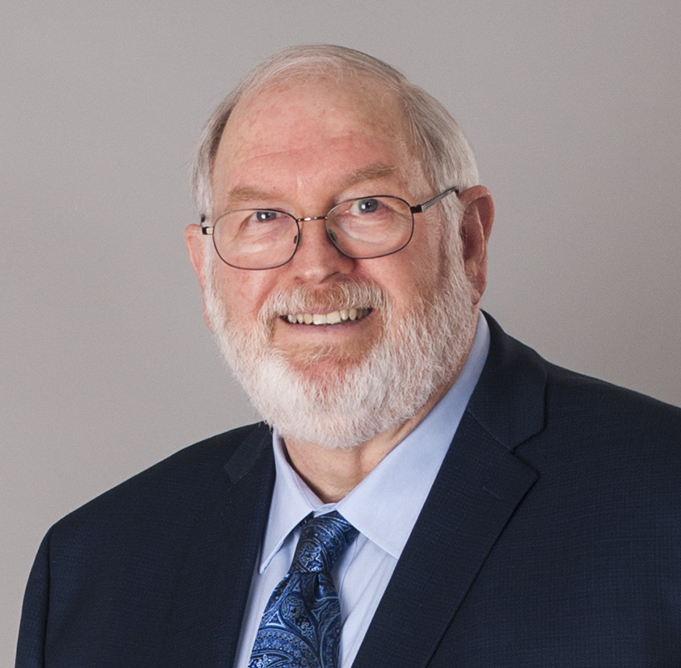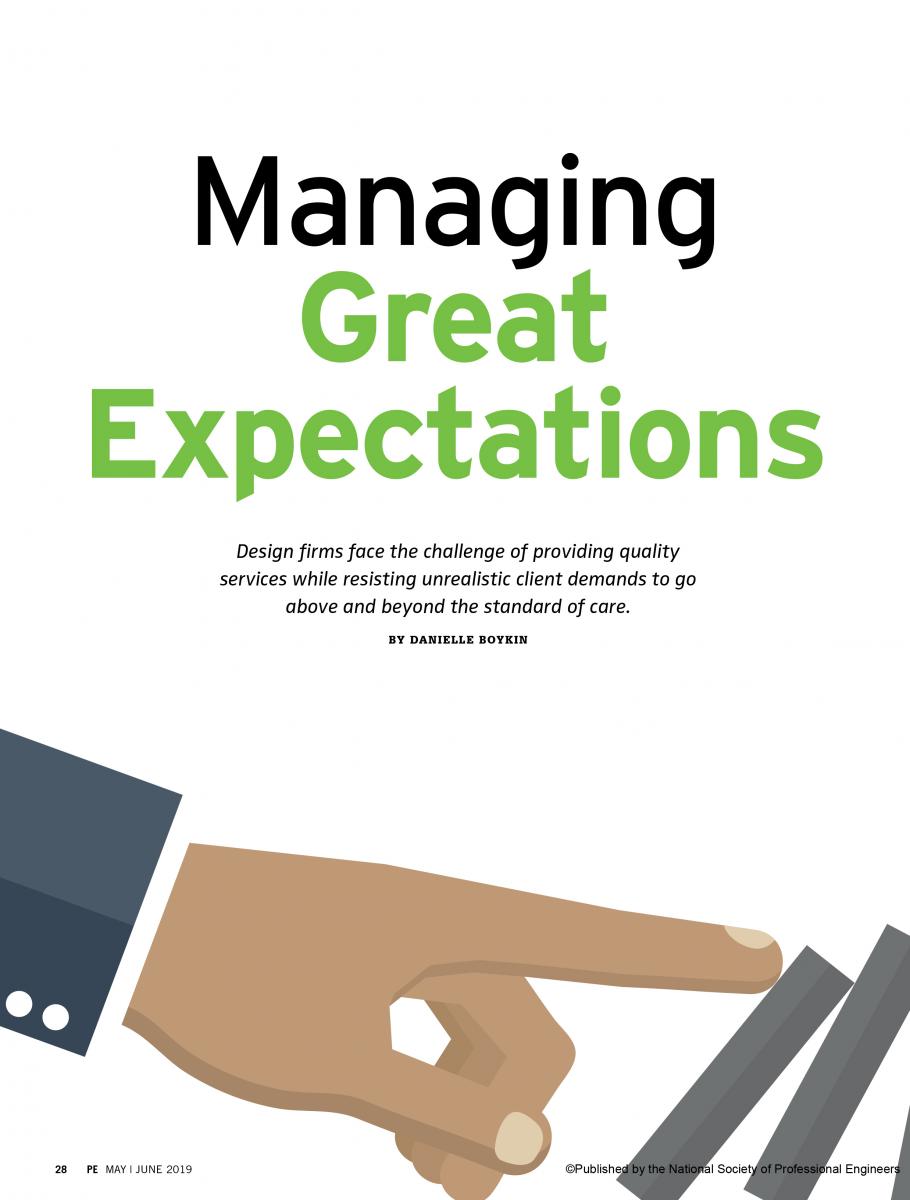Coy Veach Shares Expertise on the Standard of Care in PE Magazine
 Veteran Freese and Nichols Engineer Coy Veach, PE, CCM, says in PE Magazine that firms must evolve with the advancing standard of care in the industry, but it’s also important to manage clients’ expectations through education and good relationships.
Veteran Freese and Nichols Engineer Coy Veach, PE, CCM, says in PE Magazine that firms must evolve with the advancing standard of care in the industry, but it’s also important to manage clients’ expectations through education and good relationships.
The magazine quoted Coy on the challenges design firms face in providing quality services that meet the standard of care while helping clients understand when their expectations go beyond what is reasonable.
Coy, who has spent more than 40 years with Freese and Nichols, is a Vice President/Principal and a senior consultant for the firm’s construction management and program management practices.
He led in the development of FNI’s quality review program, including the process, procedures and forms used for constructability reviews. He has served as an examiner for the Texas Award of Performance Excellence and is Past Chair of the Engineers Joint Contract Documents Committee.
 Here’s an excerpt from the article:
Here’s an excerpt from the article:
During his tenure of more than 40 years at the Fort Worth, Texas-based Freese and Nichols, Inc., Coy Veach, P.E., has gained more than just a little experience in negotiating and reviewing project construction documents and contracts. He’s seen the standard of care evolve as engineering practice has improved and software and technology have advanced: “The standard has gotten higher because the industry’s capabilities have gotten higher, and this requires a firm to evolve along with the standard of care.”
…
Client education is critical to maintaining a reasonable standard of care. “Some clients may want to treat us like a product and may expect everything to be like it came off an assembly line,” says Veach. “We don’t do the same project over and over. They’re all unique.”
A part of client education is establishing a good rapport to drive home the message that the standard of care is the bar, says Veach. It’s unrealistic to strive for perfection. “This requires communicating the firm’s true capabilities and limitations and openly sharing this information with clients,” he says. “This doesn’t mean that we have to sit back and be passive and not take pride in our innovations. It’s just that we have to be careful about painting unrealistic expectations for the people that we serve.”
Read the full article by clicking the image above or click here.
(PDF courtesy of the National Society of Professional Engineers.)

